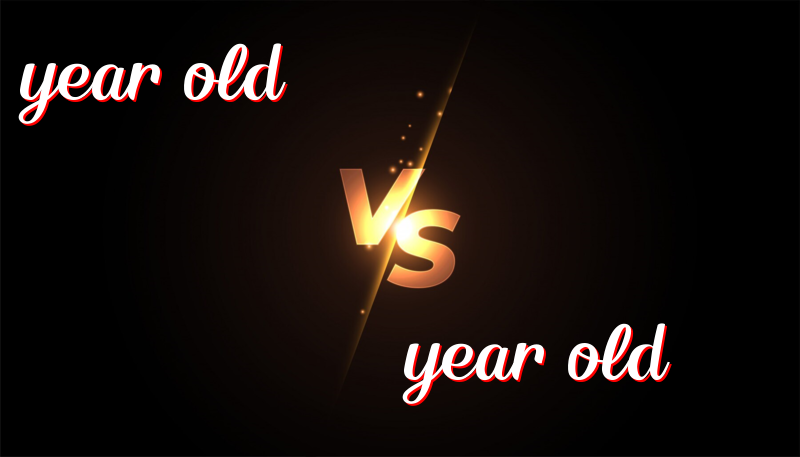Understanding Year Old and Year-Old: An Easy Guide to Usage
Year Old vs. Year-Old
History
The words “year old” and “year-old” come from English words that talk about age. These words help us say how long someone has lived or how old something is. Over time, people started using these words to make speaking and writing about age easier.
How to Use Them
Year Old
We use “year old” when talking about someone or something’s age without making it an adjective. It usually comes after a verb like “is” or “are.” Here, “year” and “old” are separate words.
- My dog is 5 years old.
- The tree is 10 years old.
- She is 7 years old today.
- Our car is 3 years old now.
- The building is 100 years old this year.
Year-Old
We use “year-old” with a hyphen (-) when we describe someone or something’s age as an adjective before a noun. It helps tell more about the person or thing.
- They have a 2-year-old sister.
- He bought a 20-year-old bottle of wine.
- She has a 4-year-old cat.
- We live in a 50-year-old house.
- The museum has a 1-year-old exhibit.
Trick to Remember the Difference
Think of “year old” as talking about age by itself. But if you want to describe something using age, like an adjective, then use “year-old” with a hyphen.
Summary
Use “year old” after verbs to talk about age. Use “year-old” before nouns to describe with age. Remember, the hyphen makes it an adjective!

Leave a Reply
You must be logged in to post a comment.